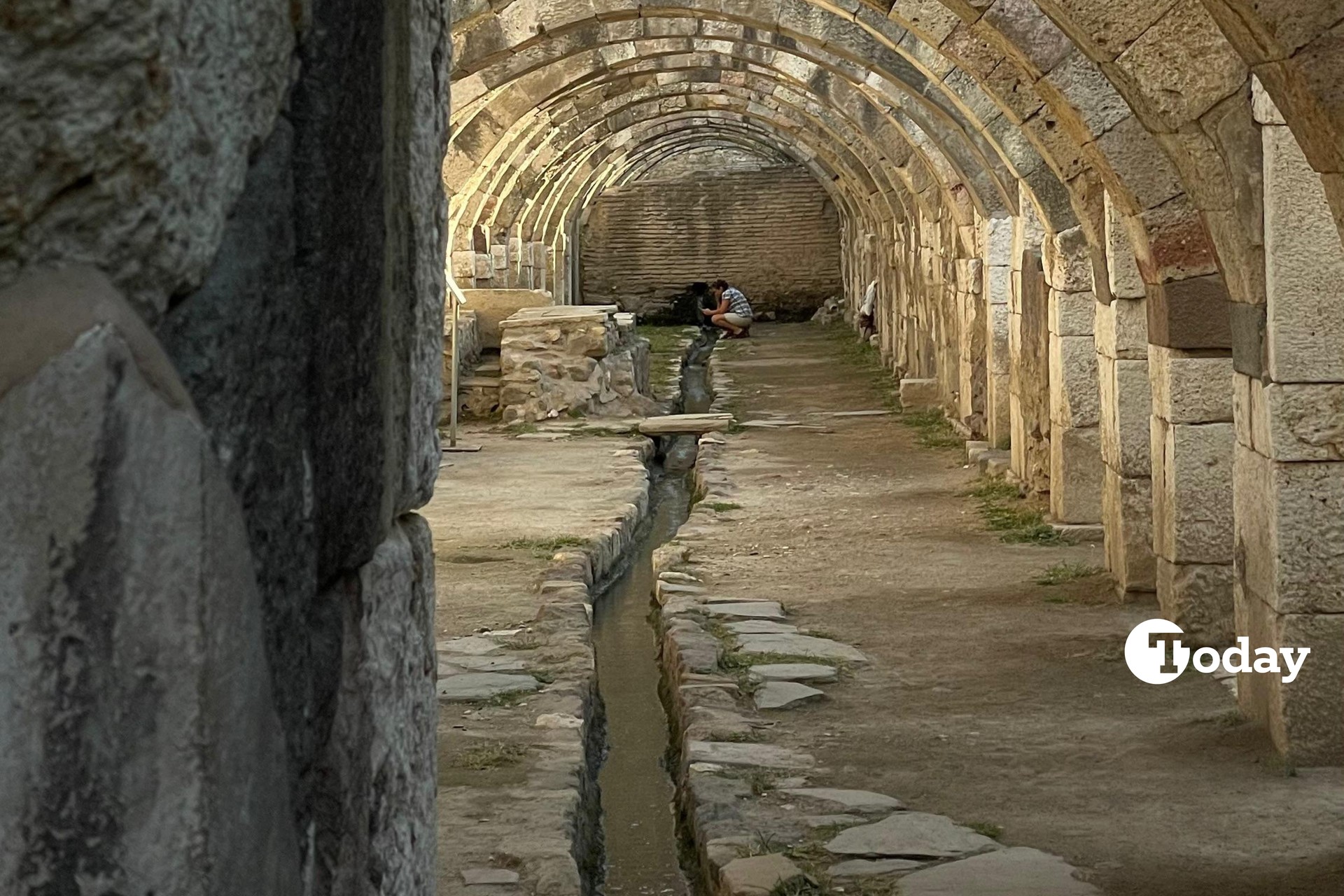
The 2,000-year-old water channels of the ancient city of Smyrna in Izmir continue to function as they did centuries ago.
Professor Akin Ersoy, a faculty member of the Turkish-Islamic Archaeology Department at Izmir Katip Celebi University and the head of the Smyrna excavation team, stated in an interview with Turkish media: "We use the water from the channel to irrigate the grass in the Smyrna Agora. Additionally, we provide this water for irrigation of parks and gardens within the city."
Under the authorization of Türkiye's Ministry of Culture and Tourism, excavation efforts in Smyrna are being conducted by Izmir Katip Celebi University, with support from the Izmir Metropolitan Municipality, Yasar Education and Culture Foundation, Izmir Chamber of Commerce, and Guzel Enerji Akaryakit Co., Inc.
These efforts aim to unearth more historical artifacts and preserve the city's ancient heritage.
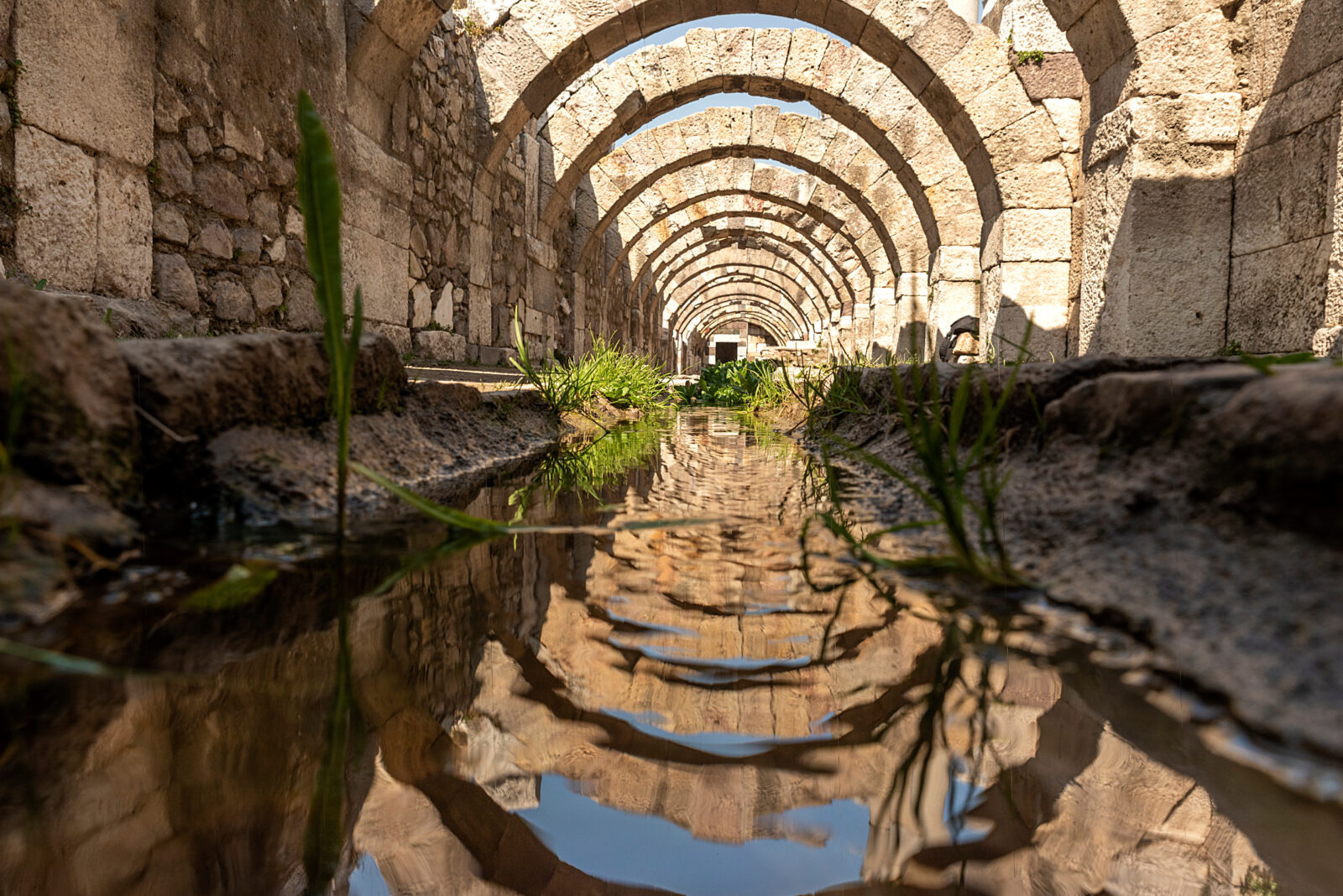
Smyrna boasts one of the largest agoras from antiquity and one of the grandest theaters of the Mediterranean region. Stretching from Kadifekale to Kemeralti, the city was originally established by Alexander the Great across 193 hectares.
Excavations have revealed thousands of artifacts dating from the Hellenistic period to the late Ottoman era.
Since 2020, the ancient city has been part of the UNESCO World Heritage Tentative List under the name "The Historical Port City of Izmir." Archaeologists have discovered Roman-era household items such as bowls, plates, basins, strainers, lamps, jugs, weaving weights, and lids, dating back to the first to fourth centuries A.D.
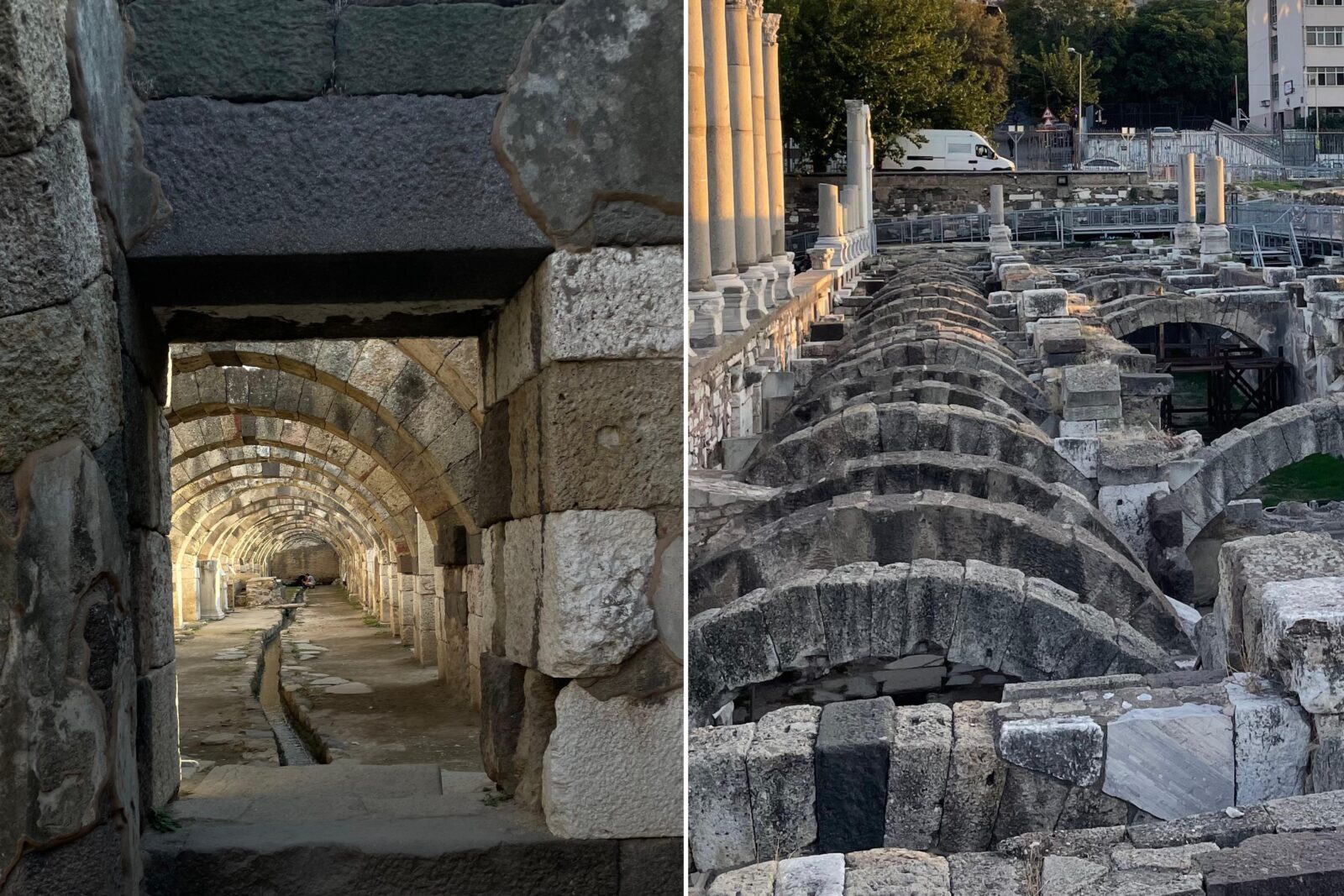
Smyrna is not only remarkable for its above-ground structures but also its sophisticated underground water systems. The 2,000-year-old water channels beneath the city still capture attention today.
Professor Ersoy explained: "Smyrna Ancient City is located in Izmir's historic center between Kemeralti and Kadifekale. The agora is surrounded by porticos (semi-open structures with columned facades), featuring fountains and water channels. During the early Roman Empire, under Augustus, city infrastructure projects expanded significantly. In Izmir, water channels connected to natural springs directed water to fountains and bathhouses. One such channel runs through the agora, splitting into two branches—one supplying the Roman bath and the other leading to the Gymnasium, a public structure used for both physical and intellectual activities."
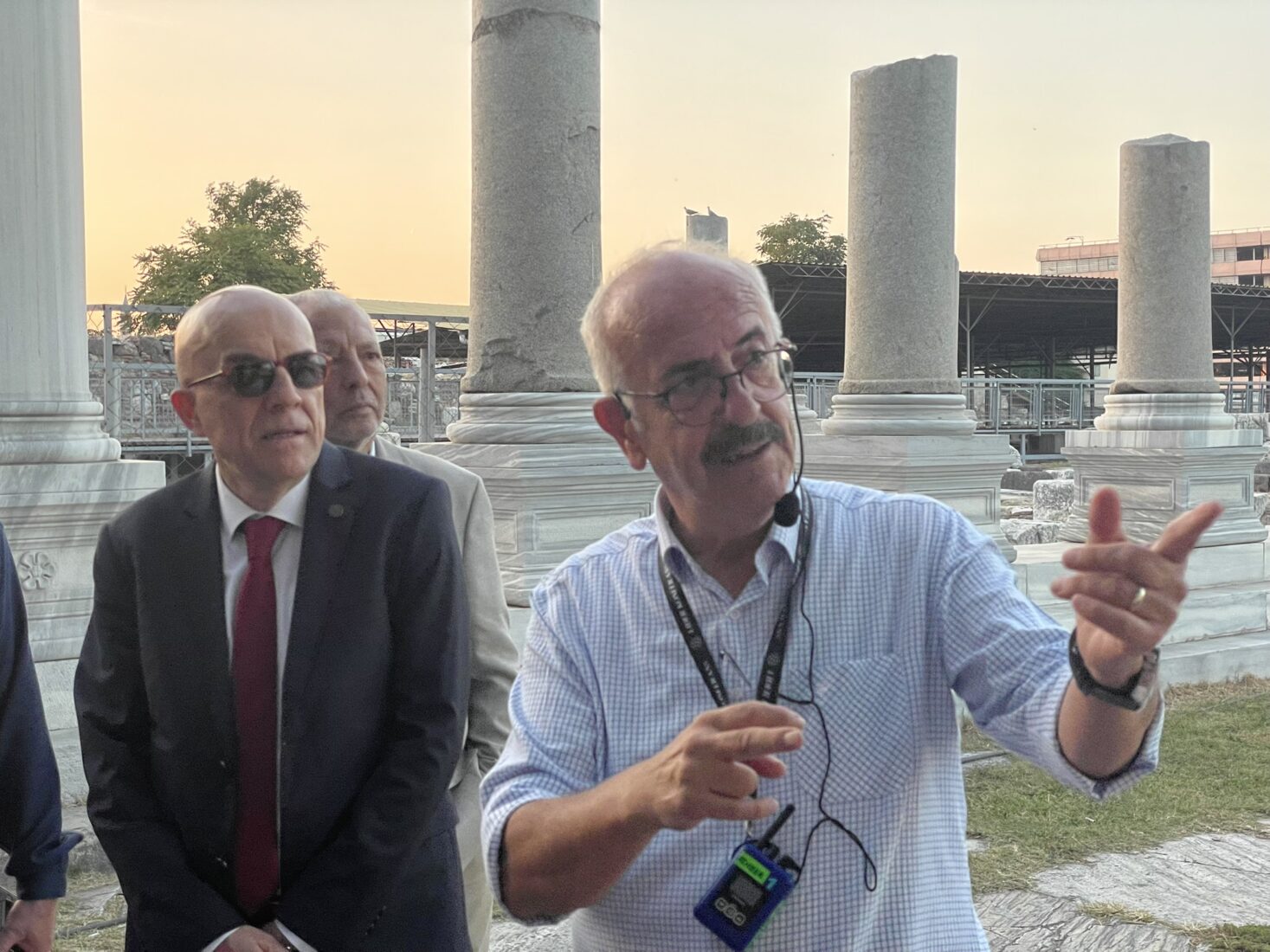
Providing further details on the channels, Ersoy said, "When selecting a settlement area in antiquity, proximity to water sources was essential. In Smyrna's case, numerous springs were identified along the slopes of Kadifekale. Even today, many locations are named after water sources. The water channels of Smyrna were built under streets and houses 2,000 years ago. The main channel reaching the agora is 2.16 meters (7.086 feet) high and 90 centimeters wide, stretching 150 meters. It is large enough for a person to walk inside comfortably. Today, the system is still operational, with water flowing at a height of 1.5 meters from the spring to the channel."
Regarding water quality, Professor Ersoy noted: "While the ancient baths no longer function, we still use the channel's water. It irrigates the Smyrna Agora and nearby green spaces. Instead of wasting this valuable resource, we ensure it serves a purpose. However, tests indicate that nitrate levels are 1.5 times and arsenic levels are twice the accepted limits, making it unsuitable for drinking. Despite this, the water continues to flow year-round, even in summer. The sound of running water also creates a relaxing atmosphere for visitors."
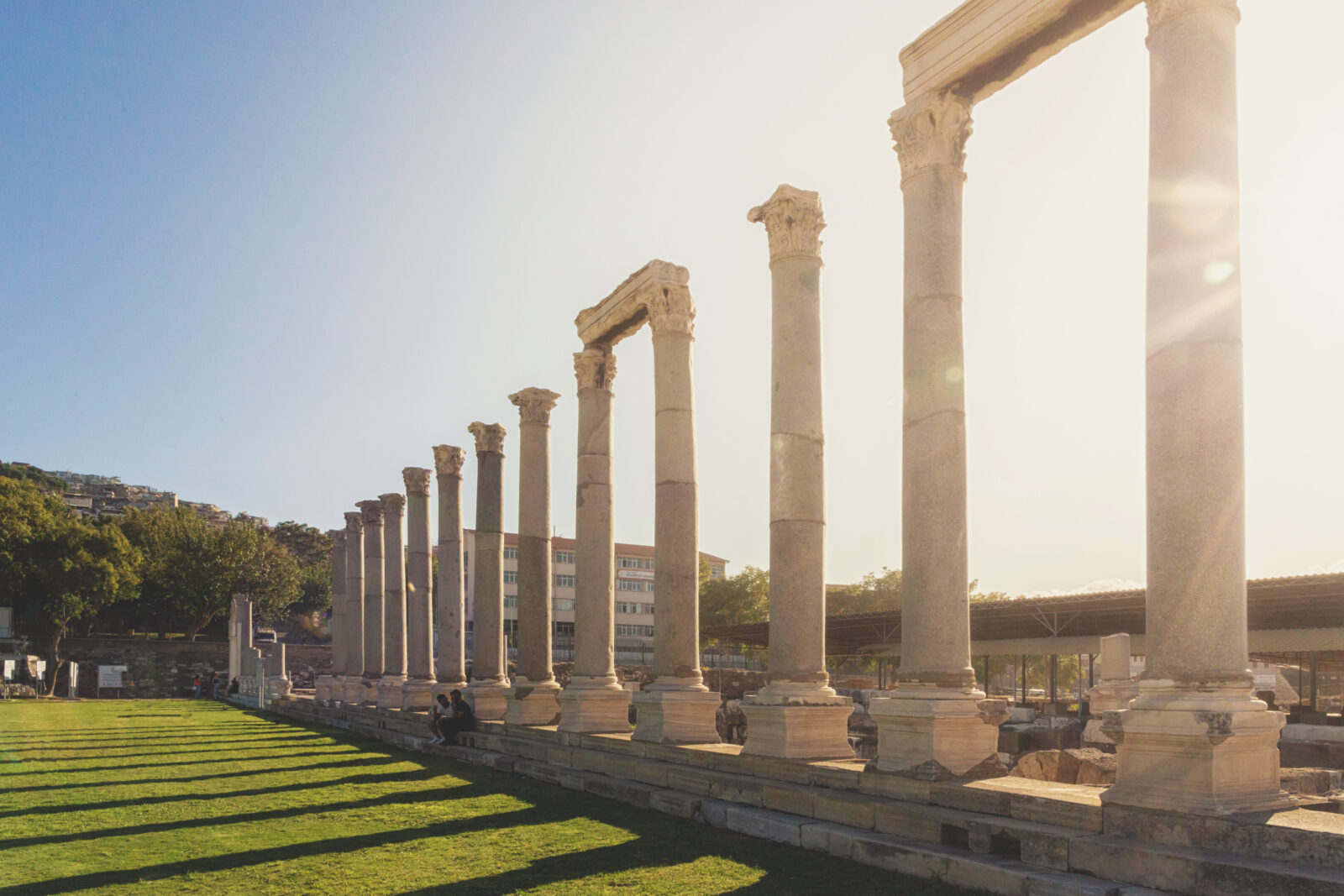
The origins of Smyrna trace back to the late fourth century B.C., immediately following the reign of Alexander the Great. The city, built at the foot of Pagos Hill (modern-day Kadifekale), was inspired by a dream Alexander had, as recorded by the ancient geographer Pausanias.
Pausanias recounts, "Alexander, the son of Philip, founded the city following a divine vision. While hunting on Pagos Hill, he rested beneath a tree near a sacred spring. In his dream, the goddess Nemesis instructed him to build a city there and relocate the people of Smyrna. The Smyrnians then sought the oracle at Claros (Apollo's temple) for confirmation. The god responded, 'Those who dwell in Pagos beyond the sacred Meles shall be happier than they ever imagined.'"
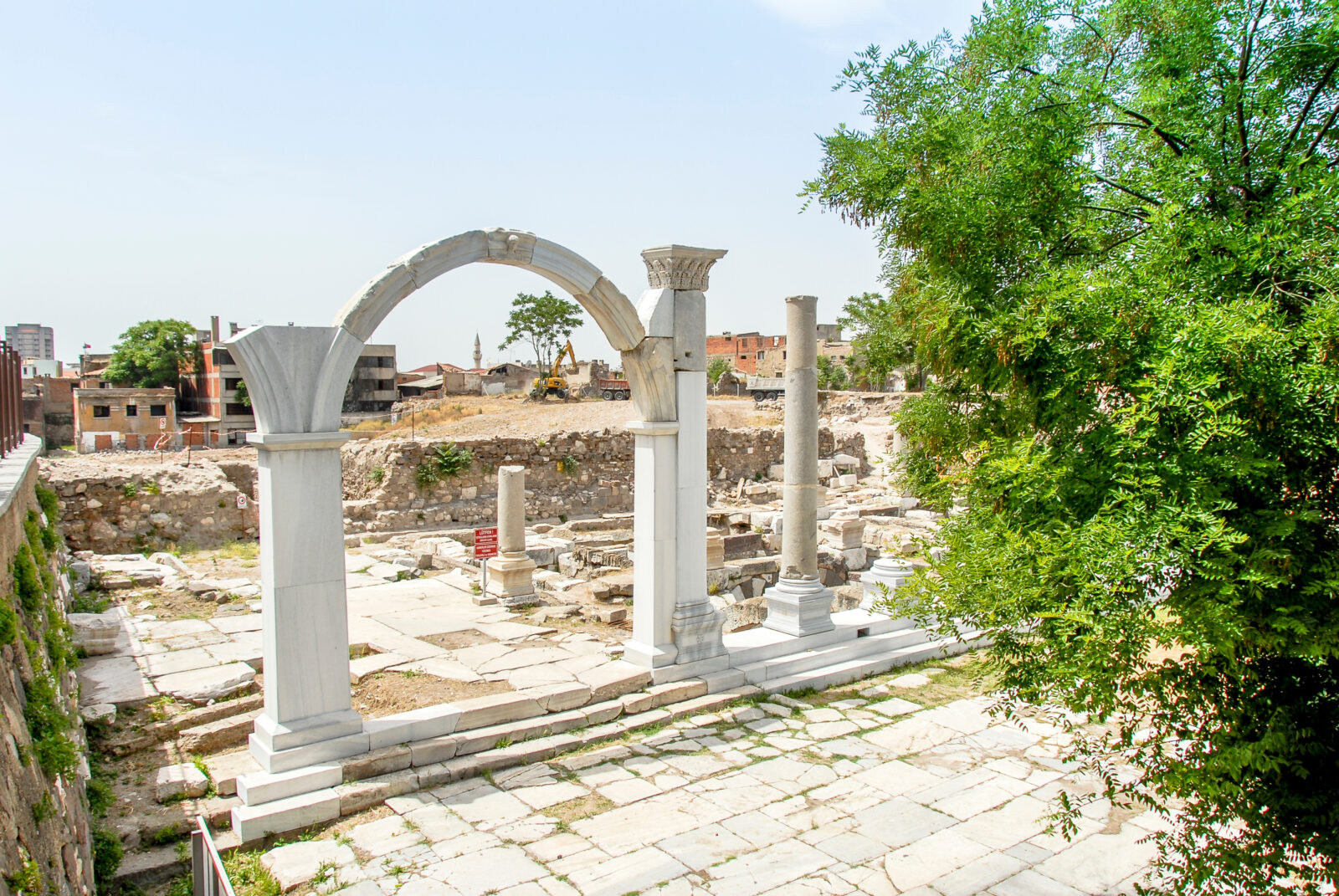
Following this prophetic dream, Alexander’s generals, Antigonos and Lysimachos, oversaw the city's relocation and construction, establishing Smyrna as a key center of trade and culture.
Located in the heart of Izmir’s historic center, Smyrna Agora was among the world’s largest agoras. Excavations began in 1933 and were revived in 2007 under Associate Professor Akin Ersoy and his team.
They have uncovered structures including a western portico, a basilica, a bouleuterion, a mosaic hall, a Roman bath, and an Ottoman-era building.
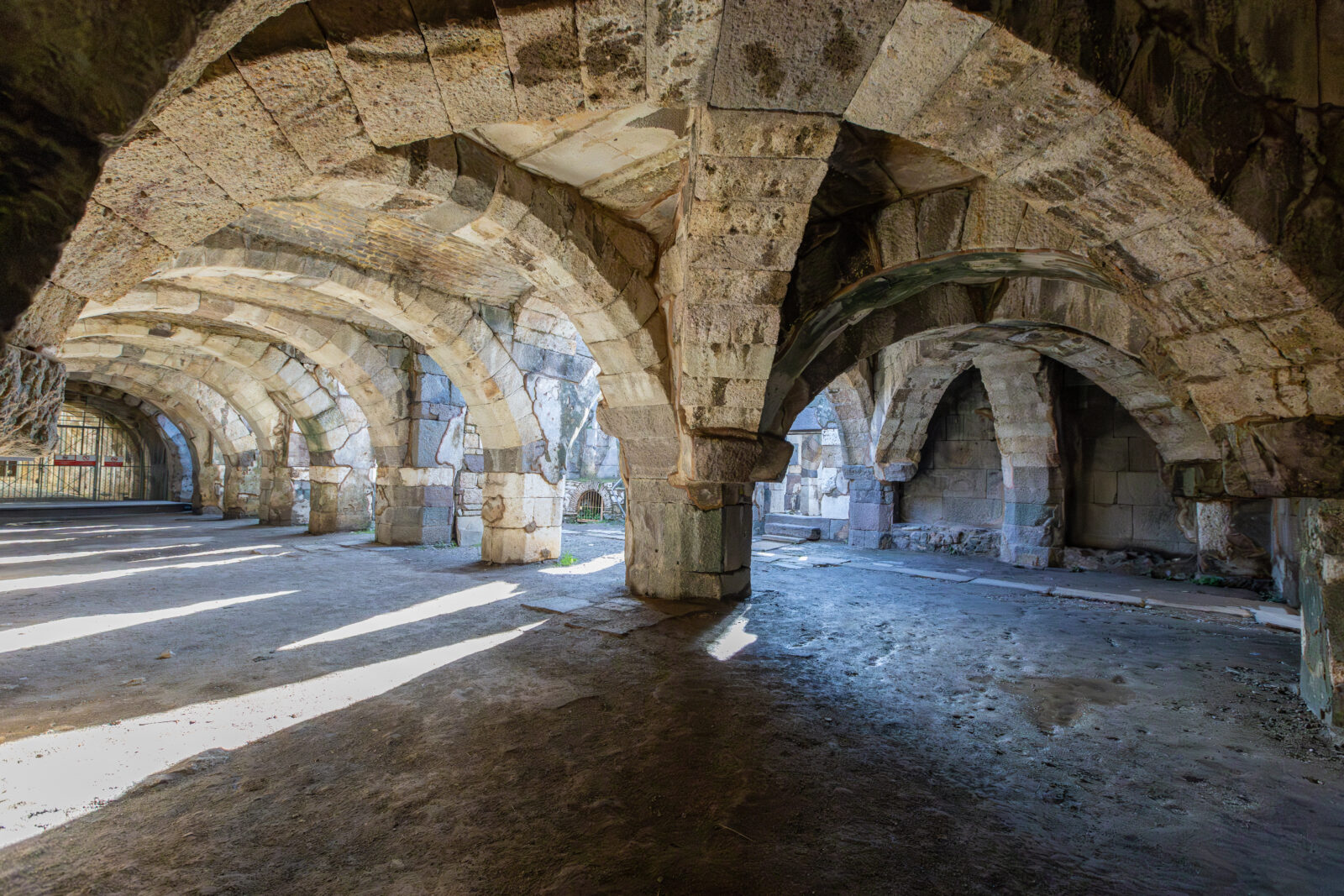
Founded in the late fourth century B.C., the agora served as Smyrna’s commercial, political, and judicial hub. It housed significant monuments, altars, statues and temples dedicated to patron deities.
However, a devastating earthquake in 178 A.D. destroyed the site.
The Roman Emperor Marcus Aurelius ordered its reconstruction, and most surviving ruins date to this second phase. The city flourished until the seventh century but gradually declined over time.
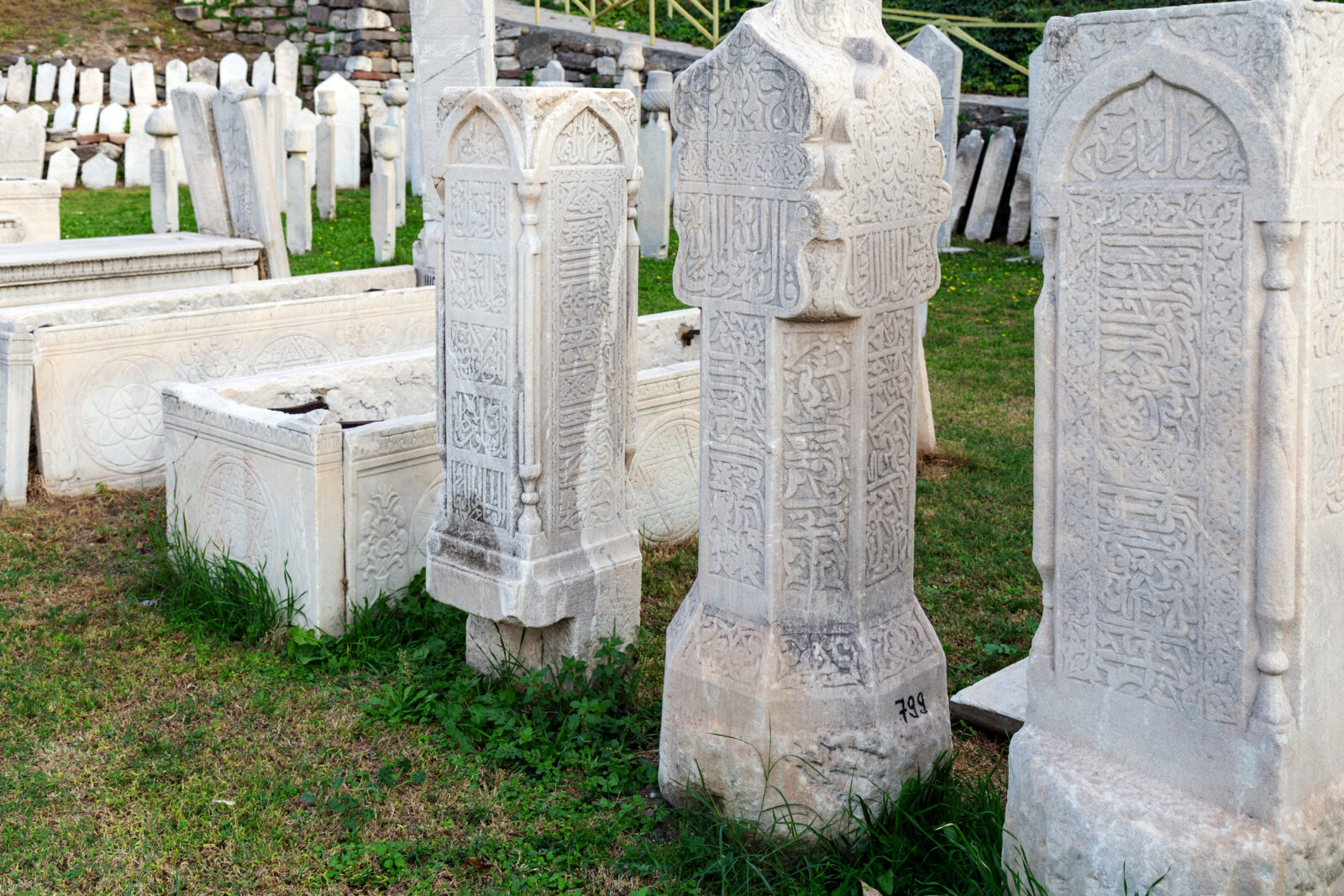
Throughout the Ottoman era, the agora remained a bustling commercial hub. In later centuries, its structures were repurposed as dwellings, a practice that continued into the 20th century.
Today, Smyrna/Izmir endures as a vital Mediterranean port city, linking past and present through its enduring historical legacy.